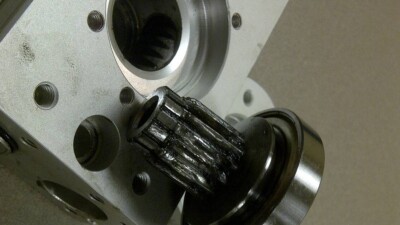All consumer goods are heavily cost-driven. Household robotics are no exception.
Everyone wants the universal household robot. According to Jim Anderton, for widespread adoption, they are going to have to have a price point that allows monthly financing or lease payments that are roughly similar to a car, suggesting that manufacturers will need to retail units in the neighbourhood of $ 40,000 to get widescale uptake.
If designed properly, the machines could be durable enough to carry a residual value, creating a secondary market for used equipment, to allow monthly payments that could be affordable for the majority of households.
To achieve this, the robot makers are going to have to stop thinking like NASA, and rethink things like titanium and carbon fiber. Commodity plastic resins, utility grade aluminum alloys and critically, affordable batteries will be the way forward.



